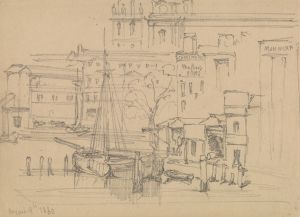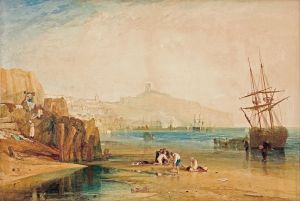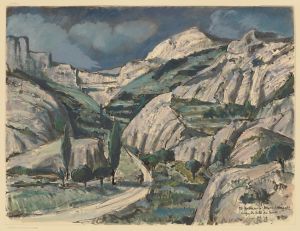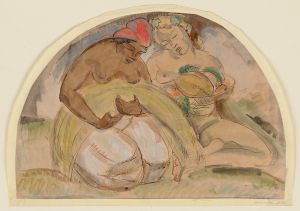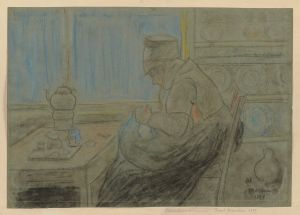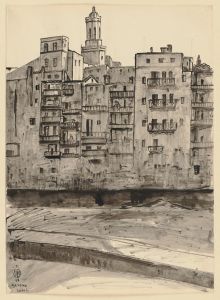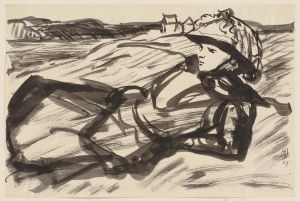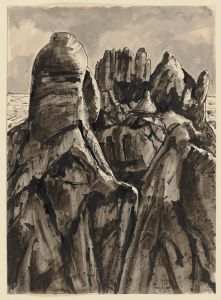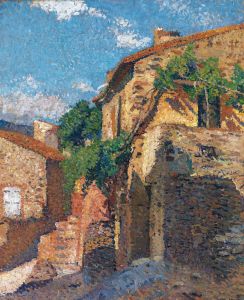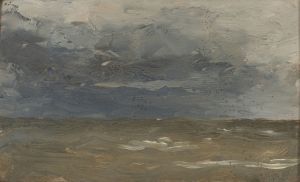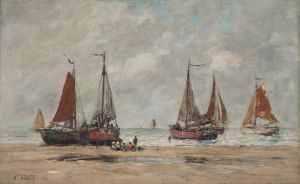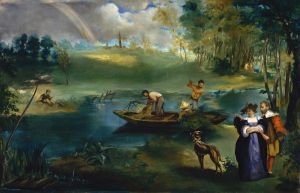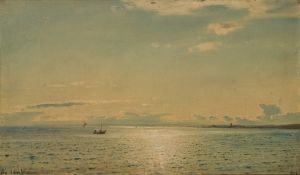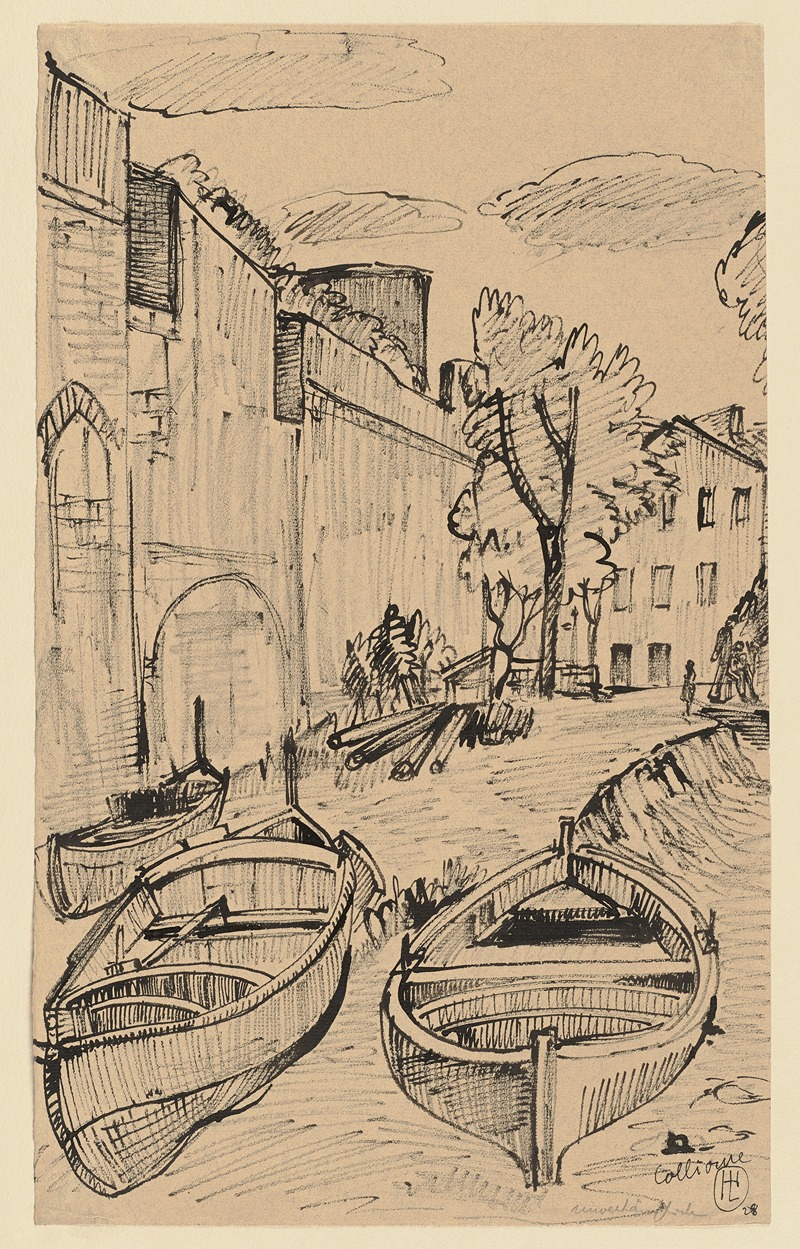
Zwei Boote im Hafen von Collioure
A hand-painted replica of Hermann Lismann’s masterpiece Zwei Boote im Hafen von Collioure, meticulously crafted by professional artists to capture the true essence of the original. Each piece is created with museum-quality canvas and rare mineral pigments, carefully painted by experienced artists with delicate brushstrokes and rich, layered colors to perfectly recreate the texture of the original artwork. Unlike machine-printed reproductions, this hand-painted version brings the painting to life, infused with the artist’s emotions and skill in every stroke. Whether for personal collection or home decoration, it instantly elevates the artistic atmosphere of any space.
Hermann Lismann (1878–1943) was a German painter associated with the Expressionist movement. His work often reflected vibrant colors and dynamic compositions, influenced by his studies in Paris and his exposure to modern art movements of the early 20th century. One of his notable works is Zwei Boote im Hafen von Collioure (Two Boats in the Harbor of Collioure).
This painting depicts a harbor scene in Collioure, a small coastal town in southern France near the Spanish border. Collioure was a significant location for many artists in the early 20th century, particularly those associated with Fauvism, such as Henri Matisse and André Derain. The town's vivid light and colorful surroundings made it an inspiring setting for painters exploring bold color palettes and innovative techniques.
In Zwei Boote im Hafen von Collioure, Lismann captures the essence of the harbor with expressive brushstrokes and a focus on the interplay of light and color. The painting features two boats anchored in the harbor, surrounded by the shimmering reflections of water. The composition emphasizes the natural beauty of the scene while showcasing Lismann's skill in balancing form and color. The use of vibrant hues and dynamic textures aligns with the artistic trends of the period, reflecting the influence of both Fauvism and Expressionism.
Lismann's time in France, particularly in Paris, exposed him to the avant-garde art movements that shaped his style. While he was not directly associated with the Fauvist group, his work demonstrates a shared interest in the emotional power of color and the simplification of forms. The choice of Collioure as a subject further connects him to the artistic legacy of the town, which had become a hub for modernist painters.
Hermann Lismann's career was tragically interrupted by the rise of the Nazi regime in Germany. As a Jewish artist, he faced persecution and was forced to flee the country. He eventually settled in France, where he continued to paint despite the challenges of exile. Lismann's life ended in 1943 during the Holocaust, but his artistic contributions remain a testament to his talent and resilience.
Zwei Boote im Hafen von Collioure is an example of Lismann's ability to capture the vibrancy of his surroundings while engaging with the artistic innovations of his time. The painting stands as a reflection of both his personal vision and the broader cultural currents that influenced his work.





